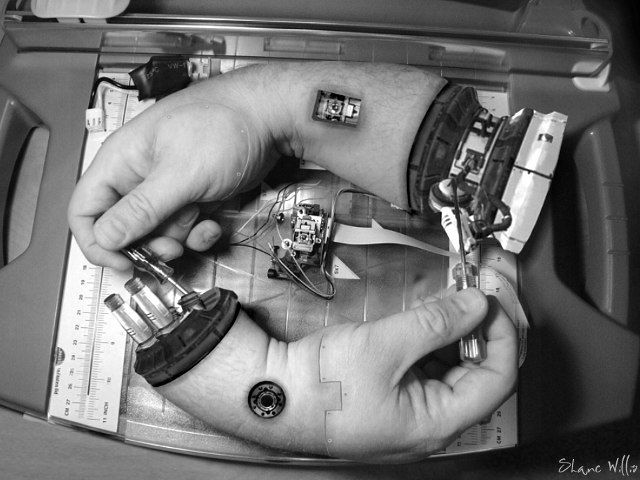Reputation and confidence for artificial intelligent entities. A cognitive approach
(Jordi Sabater)
Trust deals with uncertainly and risky situations. A little difference: reputation (very similar) is one of hte mechanism to build trust and it is a social element. How it is used in a computer-based systems? Three layers (approaches): security, institutional and social. Trust and reputation are meaningful in the social approach. If we have a storngly ruled system (institutional approach) we do’t need trust, just to follow the rules. Then, a cognitive model of reputation is needed.
A social evaluation is the evaluation by a social entity of some property (mental, physical or social) related with been social. Reputation is then a voice (something that is said) about a social property. But agents do not have to beleave this reputation measures: agents (as people) has no responsibility about spreading social evaluations. When people believes what other people sais, then reputation matches with image (what an agent believes in, consideres as true facts).Reputation means communication and gossiping is the channel used to transmit reputation measures. Images and reputation are based on facts, which have two measures: value and strength -> repage mechanism.
This repage cognitive computational model has to be inserted in an agent. It is important that (i) reputation model can be isolated from other reasoning mechanisms (planners, decision making tools); and (ii) be proactive: do not wait to be asked about reputation, but provide information to the rest of elements. Using a BDI (beliefs, desires and intentions) model with multicotext logics and bridge rules to integrate the context of teh repage mechanism into the context of beliefs, desires and intentions. In the logic, the difference between images and reputation is a ¿reified? difference. An argumentation model is used
Psychopharmacology of agreement
(Adolf Tobeña)
There’s lots of corrdination, obbidion, … but few agreements among humans. ANd the second point of the speech is that humans need drugs. And these facts «llevan» to psychiatric aspects of agreement: why patients are more trending to cooperate/agree after been treated?
Usually, xanthines (caffeine, tobacco) are present during negotiations and bargaining processes. 5 years ago was demostrated that oxitocin increases trust in humas. Furthermore, they observed that participants trend to not change the trusting behaviour even after knowning they had been betrayed (50% trials) and the brain was actually don’t responding as been betrayed (e.g. activity in brain areas related with dissgust).
booster drugs for agreements (prosocial, protrust)
- alcohol, cannabinoids
- xanthines, nicotine
- oxytocine, prolactine, NPY
- estrogens
and antiagreement drugs are (indice paranidogenic, autistic and antisocial behaviors)
- cocaine, amphetamines
- LSD, mescaline, psilocibine
- androgens
But they’ve observe that testosterone had a possitive effect on human bargaining behavior…. and they did it on women!!!! They shown that one sunlingual dose os testosterone in women cause a substantial increasein fair bargaining, reducing cinflics and increasing efficiency on social interactions. ANd usinga placebo they demonstrate that was a real effect (the believed testosterone group behaves as the group without testosterone. And in men? Other group showed that high levels of testosterone (natural measuring) reject low (unfair) ultimatum game offers: $5/$40. Testosterone has influence in how the rest of the people consider others as leaders. Testosterone redcuces conciuos detrection of signals (face expressions) serving social correlations -> a high probability of entering into a fight is related with risk/venturesome behavior (you accept more faces as neutral)

